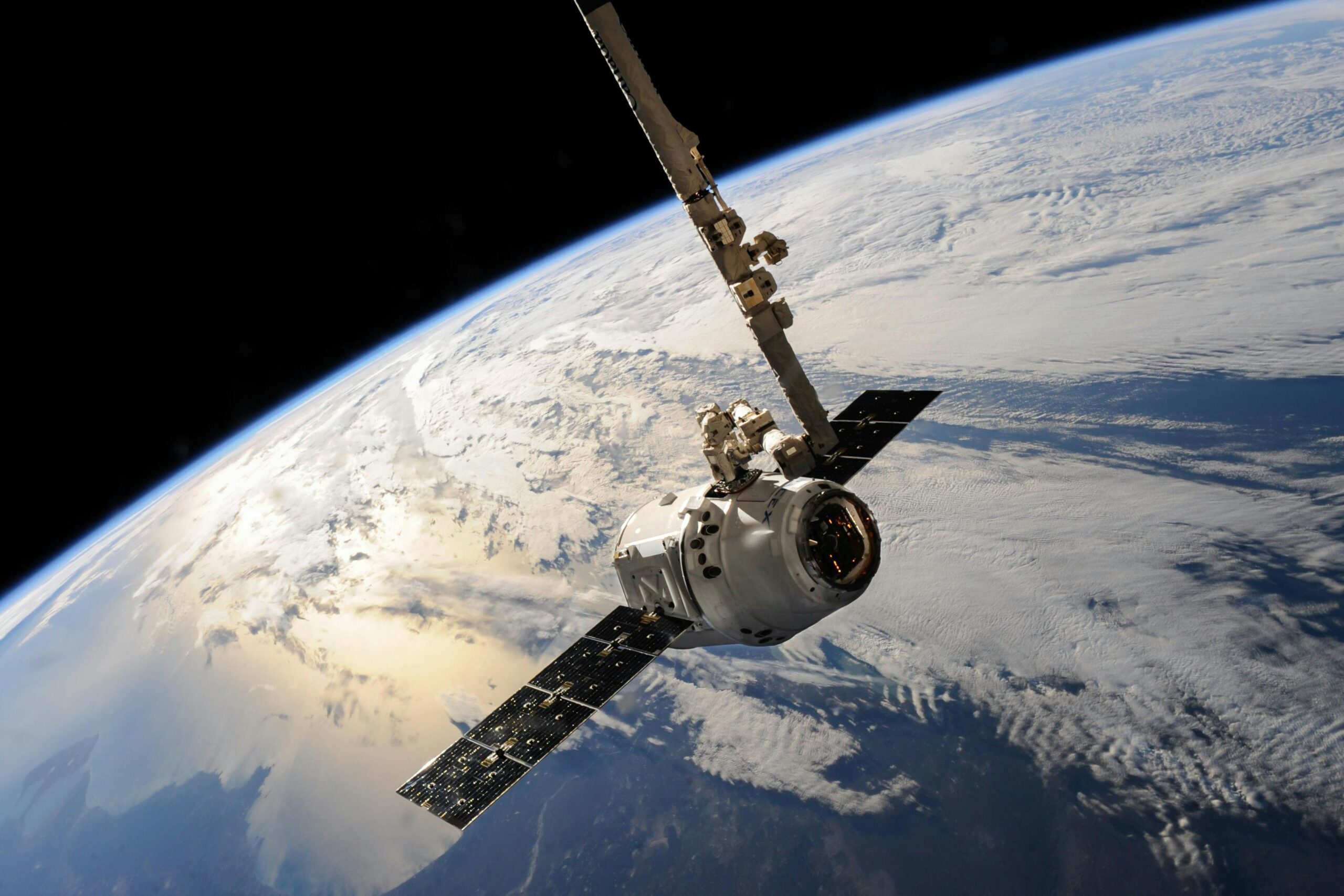HOW DID THE ASTRONAUTS SURVIVE AND THRIVE IN A SPACE STATION 9 MONTHS PAST SCHEDULED DEPARTURE?
Clearly, despite technological progress made by agencies like Nasa Roscomos (Russian), ESA and others from various space faring countries space continues to present humans a stern challenging frontier. Both body and mind face significant obstacles in their ambitions of space travel and habitation.
WHAT ARE THE PRIMARY CHALLENGES ASTRONAUTS FACE WHEN TRAVELLING TO SPACE?
The most immediate challenge is the launch itself. Getting out of Earth’s atmosphere requires enormous energy to break free from its gravitational pull. This intense acceleration means experiencing intense gravitational forces (G-forces). And once in space, lack of gravity has significant impact on the body, and astronauts must quickly adapt to conditions of weightlessness.
HOW DOES WEIGHTLESSNESS IMPACT THE HUMAN BODY?
Zero gravity is perhaps the most dramatic astronaut experience. But given that the body no longer needs to support its own weight in space, bones weaken. Astronauts are said to lose around 1-2% of bone mass per month, primarily in weightbearing spine and legs. This can make astronauts more prone to fractures once they return to Earth. Without the need to support their body against gravity, muscles also shrink, unless exercised regularly.
In microgravity, bodily fluids like blood and water shift toward the upper body and head. This can lead to a ‘moon face,’ where faces become puffy. Legs may become thinner. Redistribution of fluids can also put pressure on the eyes, leading to vision problems, which some astronauts like Sunita William, have reported experiencing.
WHAT ARE THE PSYCHOLOGICAL OF STAYING IN PEACE?:
ISS is often described as a small, cramped environment. Astronauts are in close quarters with colleagues and have little personal space and lack of privacy can lead to stress and tension. Separation from families and friends can lead to feelings of loneliness and homesickness. Constant awareness that they are hundreds of kms away from the Earth, heavily dependent on technology, can be mentally taxing.
HOW DOES THE ABSENSCE OF EARTH’S ATMOSPHERE AFFECT ASTRONAUT’S HEALTH?:
This atmosphere provides essential protection from harmful radiation from the sun and cosmic rays — something missing in space, which could have short-term and long-term effects. Prolonged exposure to radiation can increase the risk of cancer,, as well as potentially affect the central nervous system and the cardiovascular system. ISS’s shielding provides some protection, but it’s not perfect.
To counteract this, astronauts on long-duration missions, like Williams and Wilmore, receive regular monitoring for radiation exposure. They also have protocols for minimizing risks, such as following the specific operational procedures when high radiation levels are detected.
HOW ARE FOOD, WATER, AND WASTE MANAGED IN SPACE?
On ISS, astronauts rely on specially prepared, pre-packaged meals that are nutrient-dense and designed to be easily consumed in a weightless environment. These meals often come in vacuum-sealed packages, requiring astronauts to rehydrate them with water.
Water recycling is crucial. ISS uses advanced tech to reclaim water from urine, sweat, even air, which is then purified and reused. This is closed-loop system is vital for long-term space missions, bringing fresh supplies from Earth would be inefficient and costly.
When it comes to waste, astronauts use specially designed toilets that allow waste to be contained in the absence of gravity. Waste management remains as major logistical challenge for long-duration space missions, especially beyond low Earth orbit, such as those to Mars.
HOW ARE TECH ADVANCEMENTS HELPING ASTRONAUTS STAY LONGER IN SPACE?:
New materials and shielding technologies are being developed to reduce radiation exposure. To combat muscle atrophy and bone loss, astronauts exercise for about two hours daily on specialized equipment such as the treadmill with vibration isolation and stabilization (TVIS). Advances in life support systems, such as for more efficient oxygen generation and CO2 removal, have improved sustainability. These systems help ensure astronauts enjoy fresh air and comfortable temperatures despite the extreme conditions.
HOW DO ASTRONAUTS PREPARE FOR THESE CHALLENGES?:
Their rigorous training includes simulations of microgravity environments, training in survival skills for emergencies and psychological resilience training. Astronauts also work with psychologists to develop strategies for managing isolation and stress. As humanity continues to push the boundaries of space exploration, mitigating its challenges will be key to ensuring the health and safety of astronauts on missions to the Moon and Mars, and beyond.





